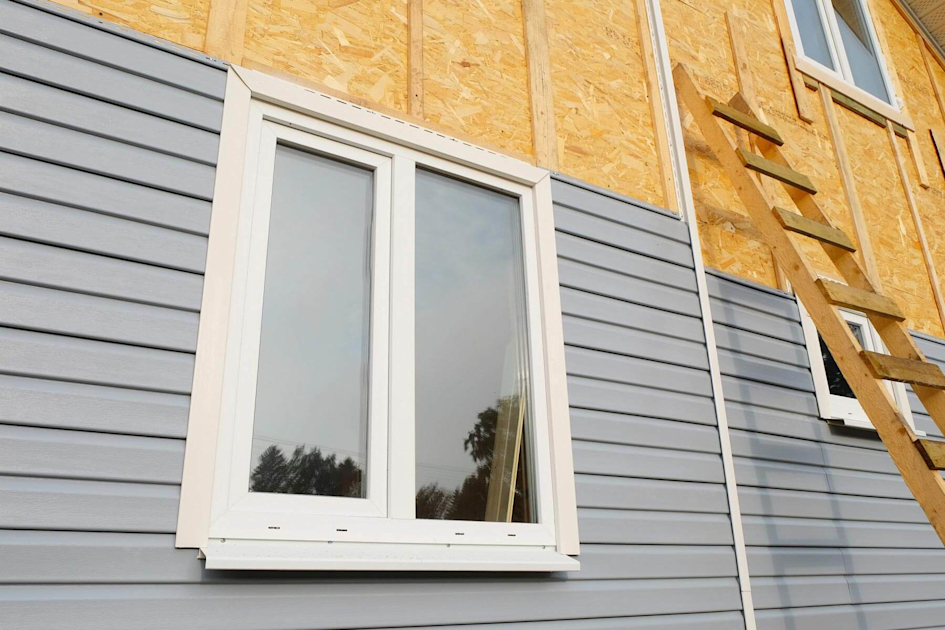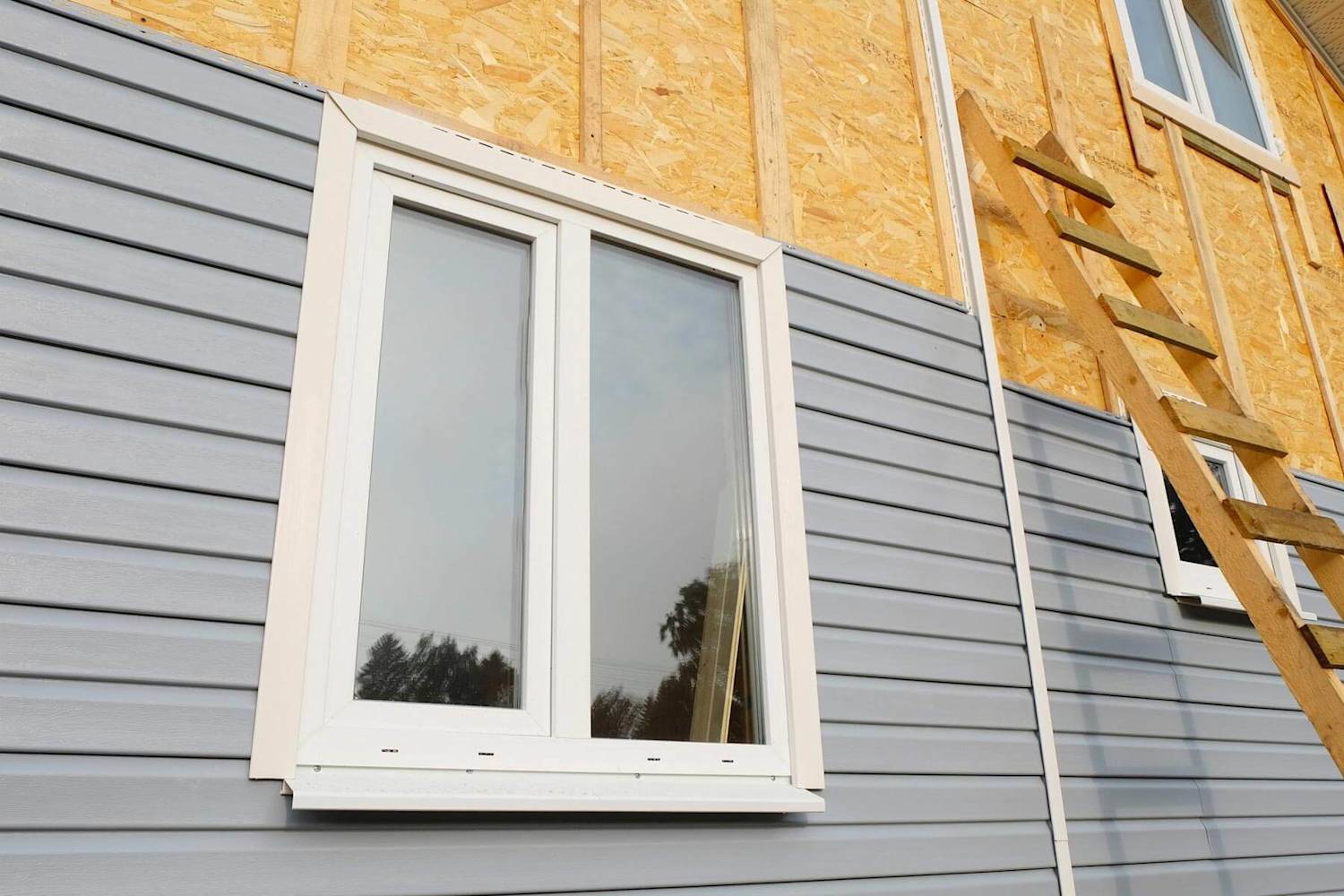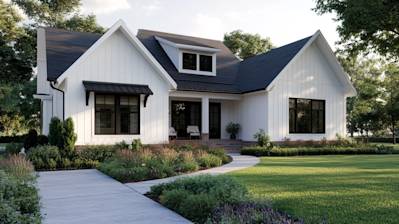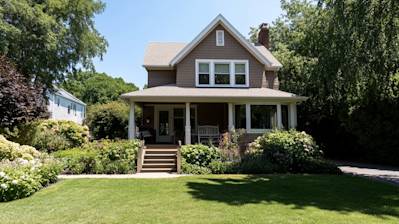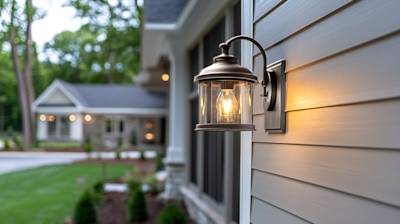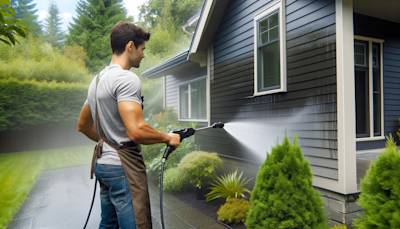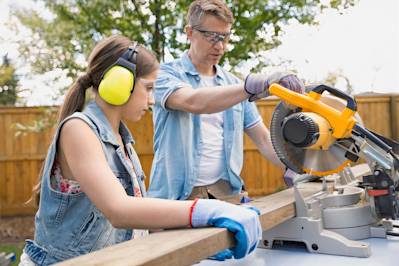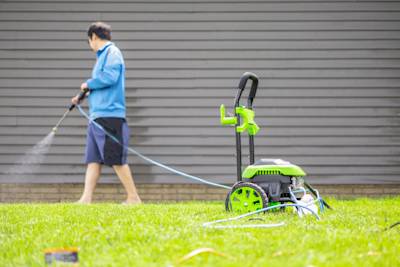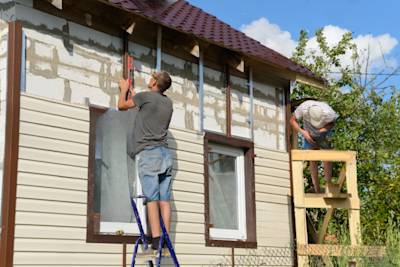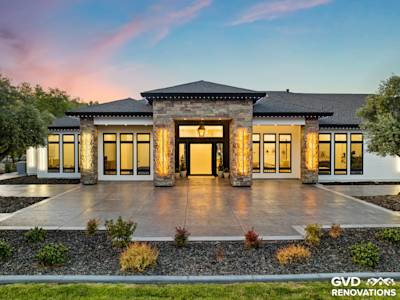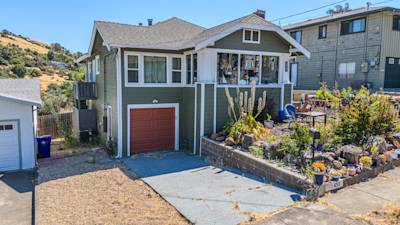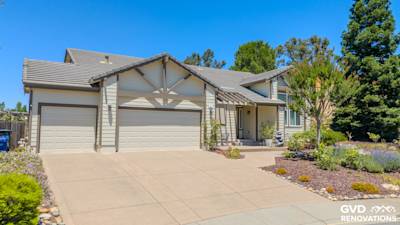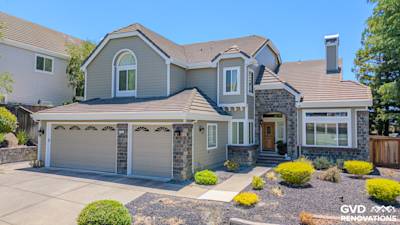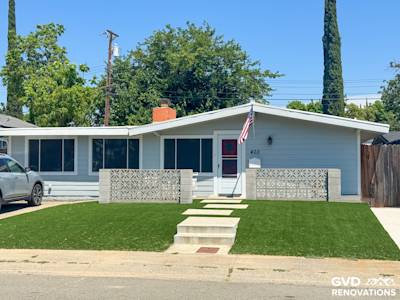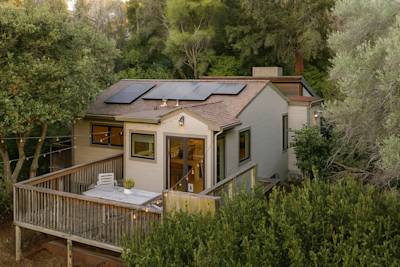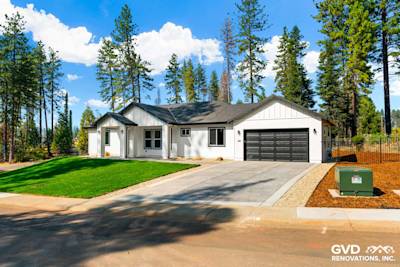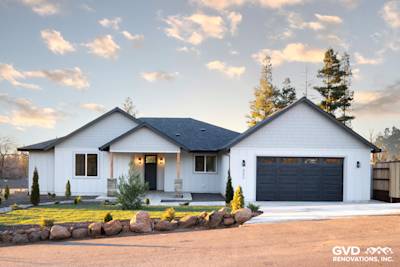If you're a homeowner, you know that siding is an essential part of your home. It protects your home from the elements, keeps the interior comfortable, and makes your home look great. But what happens when your siding is damaged and needs replacement? This is where dry rot repair and structural repair come in.
In this article, we'll discuss everything you need to know about dry rot and structural repair during siding installation. We'll talk about how to spot damaged siding, what to look for in a contractor, and what you can expect during the siding replacement process.
What is Dry Rot?
Dry rot is a type of fungus that affects wood. It is caused by a lack of moisture, and it can cause significant damage to the structure of your home. The fungus feeds on the cellulose in the wood, causing it to weaken and eventually break down. Dry rot is most commonly found in areas of your home that are exposed to moisture, such as around windows, doors, and in the attic.
The Importance of Dry Rot Repair
If left untreated, dry rot can cause severe damage to your home's structure. It can compromise the integrity of your walls, floors, and roof. In addition, it can attract other pests, such as termites and ants, which can cause even more damage.
How to Spot Damaged Siding
One of the most common signs of damaged siding is peeling or flaking paint. This can be caused by water getting underneath the paint and causing it to bubble up. Another sign of damaged siding is warping or bowing. This can be caused by a variety of factors, including weather, age, and improper installation. If you notice any of these signs, it's essential to call a siding contractor right away.
What to Look for in a Contractor
When it comes to siding replacement, you want to work with a contractor who has experience in dry rot repair and structural repair. They should also have a good reputation in the community, and be licensed and insured. Make sure to ask for references and check online reviews before hiring a contractor.
The Siding Replacement Process
The first step in the siding replacement process is to remove the damaged siding. This may involve removing the entire panel, or just a portion of it. The next step is to assess the damage to the structure of your home. This may involve replacing damaged framing or sheathing. Once the structure is repaired, the new siding can be installed.
Why Choose GVD Renovations & Remodeling for Siding Installation
At GVD Renovations & Remodeling, we understand the importance of having quality siding on your home. We offer a wide variety of siding options, including vinyl, fiber cement, and wood. Our experienced team of installers will ensure that your new siding is installed correctly, and that any dry rot or structural damage is repaired before installation.
In addition to siding installation, we also offer window replacement services. We use only the highest quality windows and offer a variety of styles to fit any home's aesthetic.
Conclusion
If you're in need of siding replacement, it's essential to address any dry rot or structural damage before installation. By working with a reputable contractor, such as GVD Renovations & Remodeling, you can ensure that your home is protected and looks great. Don't wait until it's too late – call us today for a consultation.
This article is for general information only and not professional advice. Always consult a licensed contractor before making project decisions. Product details, specifications, or warranties may have changed since publication. Brand and product mentions reflect opinion, not endorsements or guarantees.
Tags: dry rot repair, damaged siding, contractor, siding replacement, siding installers,


